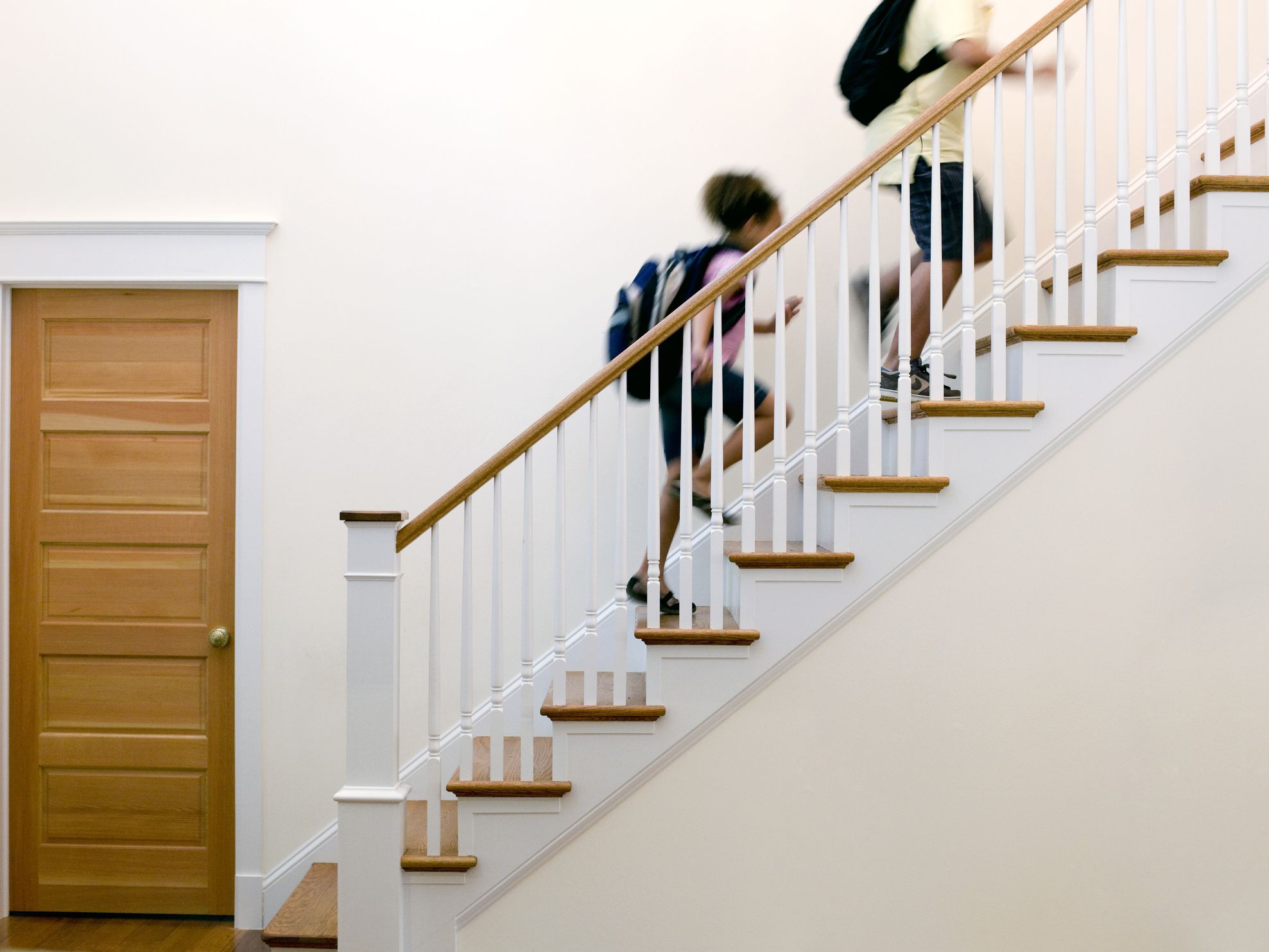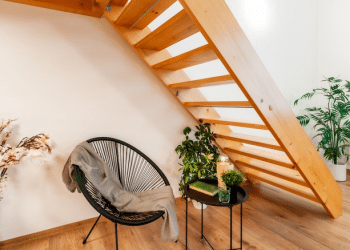Installing a railing to your balcony or terrace can be challenging, especially if you do not have the necessary and practical tools. For that reason, you need to get familiar with some of these hand tools to speed up and strengthen installation. After all, you don’t want to keep on getting back for repairs just because you didn’t get it right in the first place.
Here is an ultimate guide on how to set up a long-lasting railing. The lead covers some of the essential tools you need when installing a balustrade. Moreover, you’ll get to know how to use the tools to meet your desired expectations with Miami stainless.
Tools You Need To Install a Balustrade Successfully
Below is a broad range of balustrade installation devices suitable for both hydraulic and mechanical swages railing systems. Besides, they not only work for metal and timber sections but also for metal-to-timber parts.
The Chuck- Buster
Chuck-buster is one of the essential tools you need when installing a railing. It works best to connect and release several tools. For instance, you can use it with tools ranging from 3/8 inches or even those with longer chucks. It also saves your time by eliminating extra drills as well as using the chuck key.
Besides, it is simple to use. All you need to do is insert the chuck-buster in the jaw chuck of the drilling motor and lock. Now that you’ve mounted the device, use a wide range of tools. Depress the circular button based on the side to remove and insert tools. However, keep I mind that this tool doesn’t work best with original drill bits.
The Rail Bolt Runner
Still, consider using the rail bolt runner when installing your balustrade. It is one of the best drill attachments with machine threads to help you drive rail bolts into fittings, walls, newels, and handrails.
Get your rail bolt device, mount it to the chuck buster, start up the drilling motor and launch the rail bolt in the runner. After securing the bolt in the rail runner, drive your bolt in as per your desired depth. Finally, disengage the rail bolt-runner by reversing the drill motor.
The Dowel-Runner
Likewise, you can use the dowel-runner while setting up a handrail. The tool is a drill attachment consisting of lag threads that drive dowel bolts into baluster stands. Mount your Dowel-runner I the Chuck- buster, set up the drill motor, and start the dowel rivet in the runner. After securing the screw in the Dowel-runner, drive the bolt into the baluster base according to your desired depth. To disengage, reverse the drill.
The Centaur Centers
Here is another tool suitable for installing a balustrade. The centaur centers help you drill 9/32 inch holes in your baluster bases using the Dowel-fast screws. All you have to do is push the Centaur over the baluster base until it is stable- “seats.” Use the twist drill to make holes according to your desired depth.
Make sure that the holes are deep enough. After all, you don’t want to get back for irregular checkups. You can also change the Centaur to attain your desired hole size. For instance, switch from 1 ¼ inch to 1 ¾ inch by merely removing the core with a twist motion.
The LJ-6109 Handrail Scraper
Furthermore, you can use the LJ-6109 handrail profile scraper to smoothen the file, especially for two close pieces. It is one of the most excellent tools for cleaning up bending rail. All you have to do is place the scraper against the handrail section and adjust it until the edge makes full contact.
Afterward, draw the scraper towards you, making sure it is entirely attached to its handle. Keep in mind that improper use may cause serious injuries or even worse. When you are doing it right, a curly chip will form. Moreover, you can sharpen the tool with a scraper sharpener whenever it gets blunt.
Conclusion
At this point, you have an exact outlay for the top tools to consider when installing a railing. It is your turn. Go ahead; use the tools to set up the balcony you desire. You can still reach out to Miami’s stainless for more tools and guidance on how to install a quality balustrade








